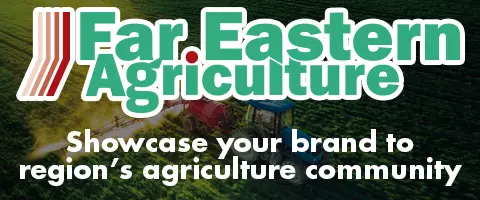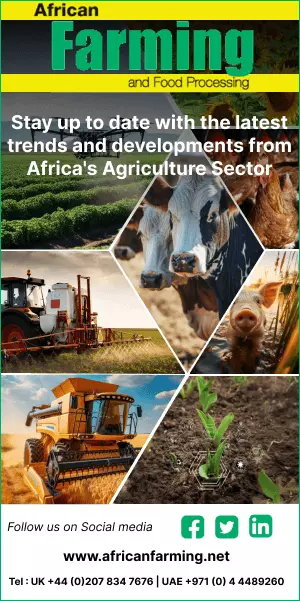Page 1 of 2China, with a booming livestock industry, was an apt venue to host VIV organisation’s trade fair thereby featuring the country prominently on its worldwide list of venues
VIV China, held recently in Beijing’s NCIEC (New China international Exhibition Centre) was preceded by an international pig and poultry conference that had an array of international experts presenting papers.
Though 2011 was a good year financially for pig producers, profits dropped in 2012. Despite this, VIV China, held once every two years, attracted 300 Chinese exhibitors, along with 150 well-known international companies from the pig, poultry and animal feed sectors. In addition, the Netherlands, France and Great Britain also set up national pavilions.
Feed
The size and scale of the stands was impressive with much of the equipment displayed being on par with similar shows held in Europe or the USA.
Several companies exhibited bulk feed bins, although the majority of animal feed in China is still transported in bags – mostly 40kg ones – a quantity which is illegal in the UK and several other countries.
Many companies also exhibited their range of feed conveying equipment during the event as employing labour in farms to manually feed livestock is not as economical as it used to be. Factors like China’s 12th Five Year Plan (2011-15) setting a 13 per cent increase in minimum wages and mandatory social welfare and migration from rural areas to the cities for better wages have or will lead to further rise in labour costs.
These scenarios make the use mechanical feed systems in farms a rational choice not to forget the fact that they dispense feed accurately and do not tire.
Electronic sow feeders (ESF) have been in use for over 25 years in Europe and many international and local equipment companies displayed their ESFs. How many get sold is a mute point, although it’s suggested that large pig farms have installed ESFs to promote the image of embracing new technology. In contrast, there were plenty of traditional dry sow stalls on display as majority of sows and gilts are still housed in confinement systems in China.
Plastic slatted flooring along with the traditional cast iron varieties were also on display. Most of the farrowing crates exhibited were fitted with saver bars, to prevent piglets being crushed by the sow. In addition to export to Europe and North America, Chinese equipment is now in demand in Brazil and Argentina too.
It was no surprise that Big Dutchman, major pig and poultry equipment company, had a well-equipped and staffed stand at the event
During the exhibition, Big Dutchman managing director Bernd Kuhlencord said, “Asia is a huge market for us but our main focus is on Russia, given that Russia has a stated policy to become self-sufficient in meat and so new pig projects are blossoming all over the country.”
Roger Parfitt, an official of Big Dutchman based in China said that several large pig businesses are increasing their investment in labour-saving equipment. Wet feeding has been popular in Europe for many years and is now catching on in China, with whey and DDGS (Distiller’s Dried Grains with Solubles) being popular co-products that can be used in pig diets.
He added that nationally pig unit output is poor with much scope for improvement.
“Circovirus is a big problem and as with any disease this naturally reduces unit output. China is a huge country and policies vary from region to region. The government gives investment grants that can be outright or just loans to new units. Since pig effluent disposal is a problem in China as elsewhere, 50 per cent grant is given on effluent treatment.”





